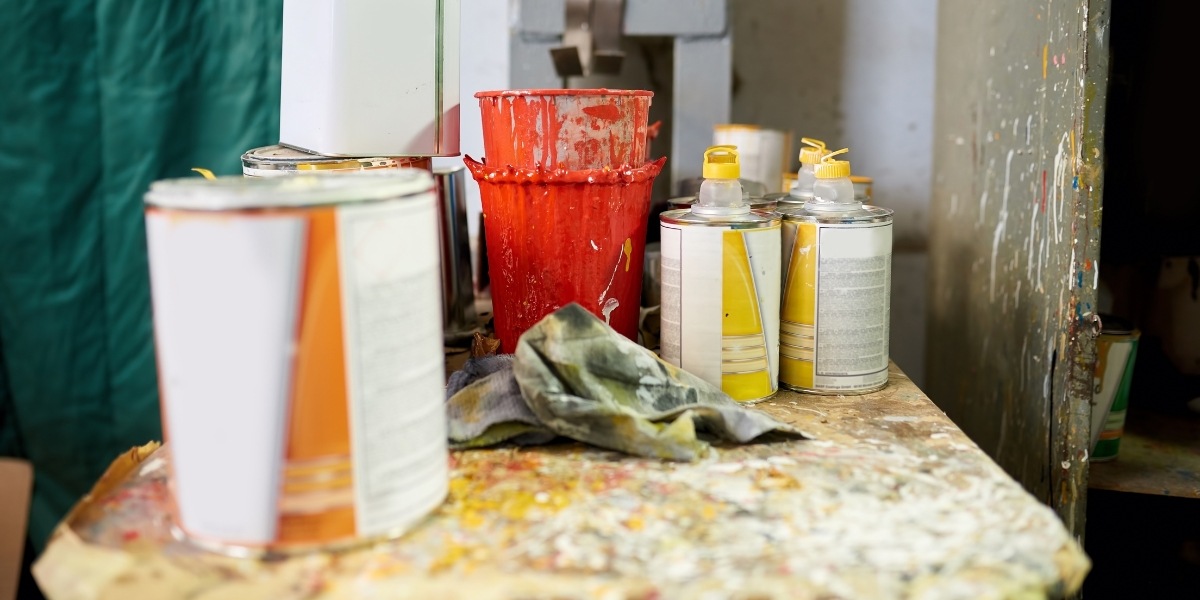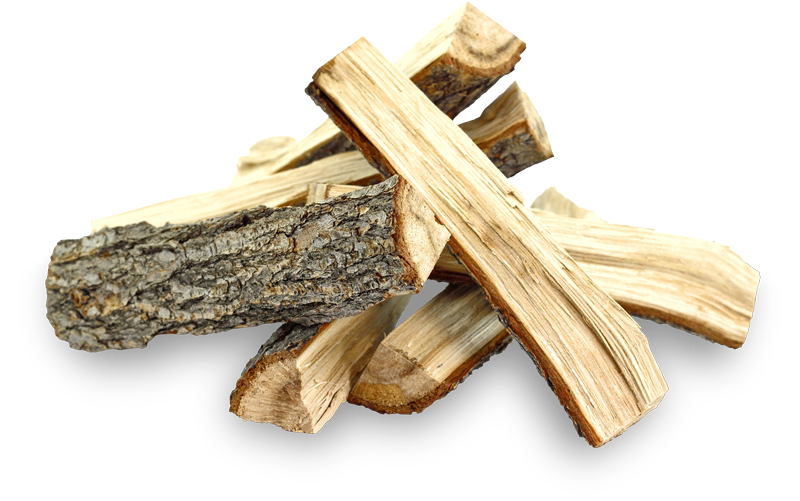What Is Huffing?


Inhaling fumes, or “huffing,” often everyday household products, such as cleaning fluids, nail polish remover, spray paint, paint thinners, and aerosol sprays, produces a high, like being drunk with symptoms of slurred speech and lack of coordination.
Because the mind-altering effects of inhalants only last a few minutes, users typically inhale repeatedly, risking “huffing death” or sudden sniffing death syndrome along with addiction.
According to the National Survey on Drug Use and Health (NSDUH), in 2021, 2.2 million people aged 12 or older reported using inhalants in the past 12 months.
Meaning of Huffing
Huffing is often applied to several types of inhalant abuse. However, the National Institute on Drug Abuse (NIDA) describes huffing as people who use inhalants through a soaked rag. Users breathe in the vapors of the toxic chemicals through their nose or mouth.
The NIDA explains the different ways to use inhalants, including huffing:
- Huffing: breathing in the substance from a cloth
- Bagging: inhaling the product through a paper or plastic bag
- Sniffing or Snorting: inhaling directly from the container
- Spraying: spraying the substance into the mouth or nose

Copyright: Rehab Center Parus
Credit: Rehab Center Parus
CC BY SA 4.0
What Are Inhalants?
Inhalants are volatile products that produce toxic fumes that can be inhaled for psychoactive and euphoric feelings. These substances are called inhalants because they are almost always used through inhalation.
There are four types of inhalants: solvents, gases, aerosol sprays, and nitrates.
- Solvents are easy to get liquids like gasoline, glue, degreasers, liquid felt-tip markers, and white-out.
- Aerosol sprays include spray paint, hair sprays, spray deodorants, cooking oil sprays like vegetable oil, and fabric protector spray.
- Gases include commercial and household products like nitrous oxide, laughing gas, and chloroform. Household items include butane, propane tanks, and the most popular one, whipped cream dispensers, which is called taking a “whippet.”
- Nitrates are different from the other three categories of inhalants. They are used to enhance sexual pleasure and are commonly sold in small bottles as room odorizers, leather cleaners, or liquid aromas.
Signs of Huffing
Signs of huffing include:
- Chemical smell on clothes or breath
- Paint stains on clothes, face, or hands
- Slow reflexes
- Inability to pay attention
- Slurred speech
- Red eyes and runny nose
- Easily bothered or moody
Inhalant Abuse Effects
Abusing inhalants affects the entire body because they are rapidly absorbed into the bloodstream through the lungs and distributed to the brain, spinal cord, and other vital organs.
Many studies have shown that inhalants are highly toxic, and the parts of the body that experience the most lasting damage are the brain and the nervous system.
Short-Term Effects
Huffing has pleasurable effects because it depresses your central nervous system while dilating your blood vessels, but these feelings are short-lived. Most inhalants produce a fast high with similar effects to alcohol intoxication, initial excitement followed by impaired functioning.
The short-term effects of huffing include:
- Confusion and delirium
- Dizziness
- Drowsiness
- Nausea and vomiting
- Slurred Speech
- Muscle weakness
- Laziness
- Headaches
- Uncoordinated movements
- Aggressive behavior
Long-Term Effects
Inhalants affect the central nervous system and reduce brain activity.
The long-term effects of huffing include:
- Loss of hearing and sense of smell
- Memory loss
- Liver and kidney damage
- Bone marrow damage
- Irregular heartbeat
- Addiction and dependence
- Coma
- Brain damage
- Heart failure from sudden sniffing death syndrome

Huffing Withdrawal Symptoms
With repeated huffing, mild withdrawal syndrome may occur. These withdrawal symptoms include:
- Nausea, sweating, and stomach cramps
- Loss of appetite
- Trouble sleeping
- Migraines
- Tremors or shakiness
- Visual hallucinations
- Spots in your vision
- Mood changes
How to Stop Huffing: Treatment for Inhalant Abuse
Educating young people on the health risks of huffing and inhalant abuse is the best way to stop huffing and reduce the number of adults who will abuse inhalants. Effective and caring substance abuse treatment is available if you are struggling with inhalant addiction and seeking treatment.
White Oak Recovery Center only uses evidence-based treatment approaches and research-based, proven therapies for substance use disorders and co-occurring mental health conditions. Evidence has demonstrated that behavioral therapy is the most effective in treating inhalant abuse and other drug and alcohol addictions.
WORC provides cognitive behavioral therapy (CBT) and dialectical behavior therapy (DBT), among many other successful treatments, to help residents identify, avoid, and build coping skills and strategies to deal with triggers and difficult situations. Our experienced and licensed team of specialists empowers each resident with support and compassion.
Reach out today to plant a seed of sobriety and achieve the drug-free life you deserve. Our treatment specialists are eager to help.

Am I covered for addiction treatment?
Your insurance may cover treatment. Call now for an entirely free and confidential assessment. Recovery starts with a phone call.

- “Inhalants.” National Library of Medicine, Nov. 2019.
- “Inhalant DrugFacts.” National Institute on Drug Abuse, Apr. 2020.
- “Inhalants.” Centre for Addiction and Mental Health, 2013.
- Schwares, Joe “What is Huffing?” McGill Office for Science and Society, Mar. 2017.
- “What are the short- and long-term effects of inhalant use?.” National Institute on Drug Abuse, Dec. 2022.
Medical Disclaimer:







